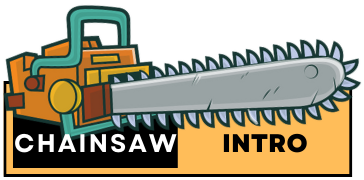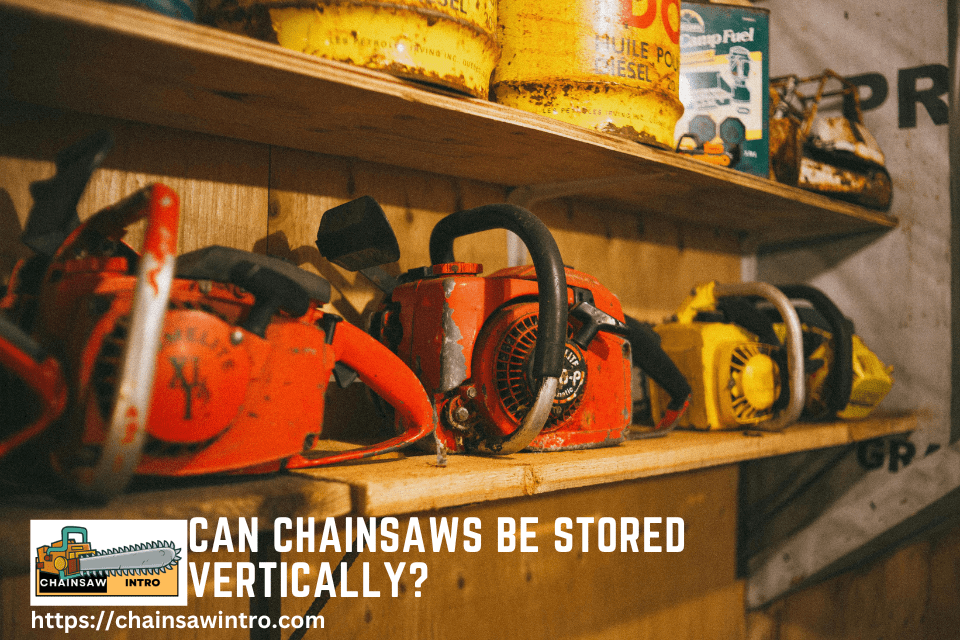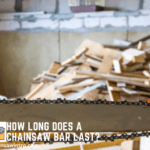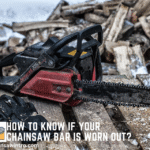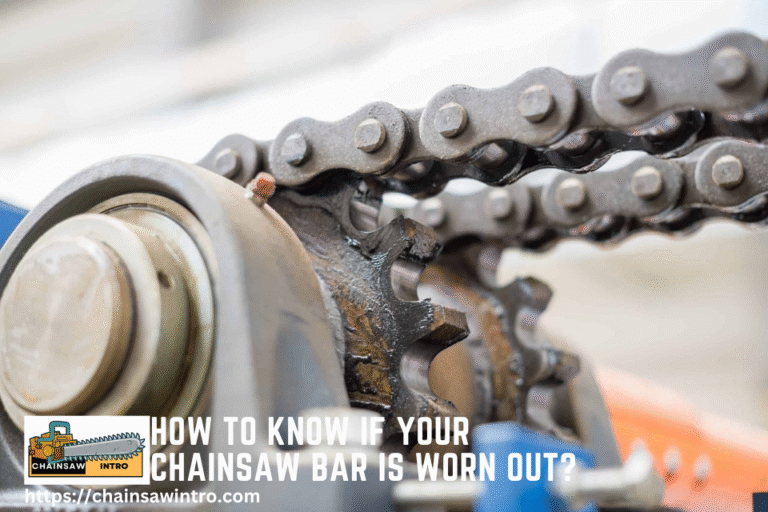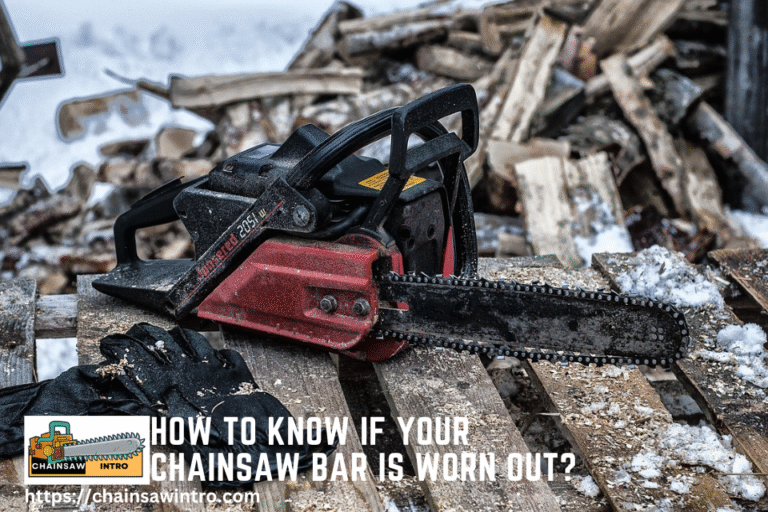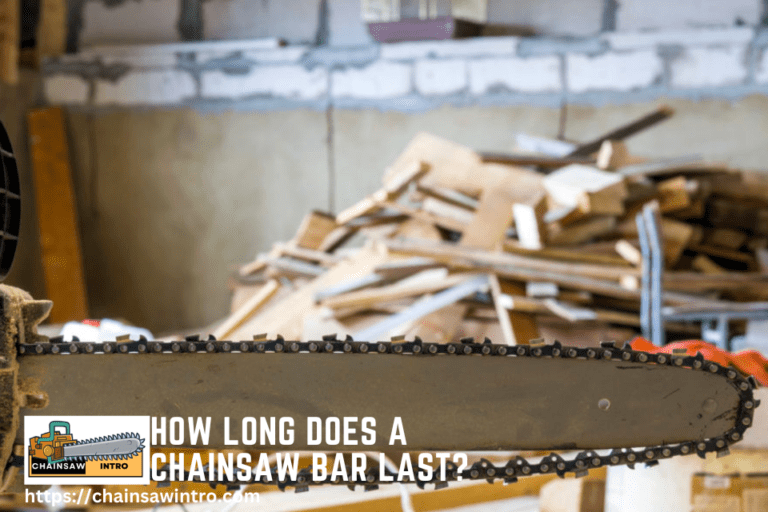When it comes to chainsaw ownership, maintenance and storage are just as important as using the tool safely. A well-maintained and properly stored chainsaw not only lasts longer but also performs more efficiently when you need it. One question many chainsaw users ask is: can chainsaws be stored vertically? This topic is often debated because while vertical storage might save space in a shed, garage, or workshop, it may not always be the best choice for your machine. In this article, we’ll take a detailed look at the pros and cons of storing chainsaws vertically, explore the factors you need to consider, and provide best practices for safe chainsaw storage.
Why Proper Chainsaw Storage Matters?
A chainsaw is an investment. Whether you own a gas-powered, electric, or battery-operated model, how you store it plays a huge role in its durability, safety, and performance. Incorrect storage can lead to issues such as:
- Fuel leaks in gas chainsaws
- Oil spillage from the chain bar reservoir
- Chain rust or corrosion from moisture exposure
- Damage to the bar and chain if improperly positioned
- Battery degradation in cordless chainsaws if not stored properly
Good storage habits prevent damage, reduce accidents, and extend the lifespan of your chainsaw.
Can Chainsaws Be Stored Vertically?
The short answer is yes, chainsaws can sometimes be stored vertically, but with certain precautions. Vertical storage refers to placing the chainsaw upright, usually resting on its rear handle or nose of the bar, instead of laying it flat.
However, whether vertical storage is safe or advisable depends on several factors:
- Type of Chainsaw
- Gas Chainsaws: Storing vertically can cause oil and fuel to leak if the machine is not completely drained or capped tightly. Since gas-powered chainsaws use bar oil and fuel, gravity can pull liquids toward seals or vents, potentially creating messes or damaging seals.
- Electric Chainsaws (Corded): With no fuel tank, these are easier to store vertically. Still, oil leakage from the bar reservoir is possible if not sealed properly.
- Battery Chainsaws: Similar to corded models, vertical storage may be acceptable, but it’s best to remove the battery first to avoid accidental activation and battery drain.
- Orientation of Vertical Storage
- Bar-Tip Down (Resting on the Nose): Not recommended. This places pressure on the bar and chain, which can lead to warping or unnecessary wear. It also increases the risk of chain oil pooling and leaking out.
- Handle Down (Resting on the Rear Handle): A better option if you must store vertically, as it keeps pressure off the bar and minimizes oil leakage.
- Storage Environment
- If your garage or shed is climate-controlled and dry, vertical storage may not cause much harm. But in humid or dusty environments, vertical positioning may expose vents, bar, or chain to contaminants more easily.
How-To Properly Store A Chainsaw! Teaching Dave My Apprentice How To Do It!
Vertical Storage: The Space-Saving Solution
One of the biggest advantages of vertical storage is space efficiency. For homeowners with limited garage or shed space, storing a chainsaw upright can free up valuable room. It also helps reduce clutter and makes tools more accessible. Instead of laying your chainsaw flat and taking up horizontal space, vertical storage allows you to utilize wall mounts, pegboards, or dedicated racks to keep your equipment organized.

Potential Problems with Vertical Chainsaw Storage
While vertical storage might save floor space, it comes with potential issues:
- Oil Leakage: Bar and chain oil is notorious for dripping when chainsaws are left upright. This can leave a sticky mess on floors and shelves.
- Fuel Seepage: In gas chainsaws, storing vertically with fuel inside increases the chance of vapors escaping or fuel leaking, creating fire hazards.
- Chain and Bar Pressure: Resting on the chain or bar tip adds pressure, which could bend or warp the bar over time.
- Accidental Tipping: Chainsaws stored vertically are more prone to tipping over, especially in busy workshops or garages, leading to damage or injury.
Best Practices for Vertical Chainsaw Storage
If you decide to store your chainsaw vertically, following best practices is essential to avoid the pitfalls mentioned above. Here’s how to do it safely and effectively:
1. Use a Dedicated Storage Rack
Invest in a chainsaw-specific wall mount or rack designed to hold the tool securely in a vertical position. These mounts often include brackets or hooks that support the bar and handle, preventing tipping or sliding.
2. Cover the Chain and Bar
Always use a protective sheath or scabbard to cover the chain and bar. This not only prevents accidental contact but also protects the chain from dust, moisture, and corrosion.
3. Drain Fluids Before Long-Term Storage
If you’re storing the chainsaw for an extended period, drain the fuel and bar oil to prevent leaks and gumming. This is especially important for gas-powered models, which can suffer from fuel degradation.
4. Clean and Dry Thoroughly
Before storing, clean the chainsaw to remove sawdust, sap, and debris. Moisture trapped in these materials can lead to rust and corrosion. Wipe down all surfaces and allow the chainsaw to dry completely.
5. Check Chain Tension Regularly
Inspect the chain tension periodically, especially if the chainsaw is stored vertically for long periods. Adjust as needed to prevent sagging and ensure safe operation.
6. Store in a Climate-Controlled Environment
Avoid storing your chainsaw in damp or humid areas. Moisture can cause rust and degrade rubber components. A climate-controlled garage or shed is ideal.
Horizontal vs. Vertical Storage: Which Is Better?
Both storage methods have their merits, and the best choice depends on your space, usage frequency, and maintenance habits.
| Feature | Vertical Storage | Horizontal Storage |
|---|---|---|
| Space Efficiency | High – saves floor and shelf space | Low – takes up more horizontal space |
| Accessibility | Moderate – requires wall mounts | High – easy to grab from a shelf |
| Chain Tension Risk | Higher – gravity can cause sagging | Lower – chain remains level |
| Lubrication Distribution | Uneven – oil may settle improperly | Even – oil remains distributed |
| Safety Risk | Moderate – risk of tipping | Low – stable on flat surfaces |
Wall-Mounted Chainsaw Storage: A Better Alternative
For homeowners and professionals seeking vertical-like storage benefits without the risks, wall-mounted racks are a great solution. These racks allow chainsaws to hang securely with the bar facing down or sideways, distributing weight evenly and preventing leaks.
Benefits of wall-mounted chainsaw racks:
- Saves space while keeping the chainsaw off the ground.
- Reduces the risk of tipping.
- Keeps tools organized and easily accessible.
- Can accommodate multiple chainsaws in a compact area.
If vertical storage is tempting because of space limitations, investing in a rack system may be the safest compromise.
Manufacturer Recommendations
Many chainsaw manufacturers do not explicitly prohibit vertical storage, but they emphasize the importance of proper handling and maintenance. Brands like Husqvarna and Stihl recommend storing chainsaws in a clean, dry place with the chain covered and fluids drained if not in use for extended periods. While vertical storage is not discouraged, it’s often not the default recommendation due to the potential risks involved.
Expert Opinions and User Insights
Professional users and DIY enthusiasts offer mixed opinions on vertical chainsaw storage. Some swear by it for its space-saving benefits, especially when using custom-built racks or pegboards. Others prefer horizontal storage for its simplicity and reduced risk of mechanical stress.
A survey conducted by Chainsaws.io found that 65% of users store their chainsaws horizontally, citing ease of access and reduced maintenance concerns. However, 35% preferred vertical storage, especially in compact workspaces where every inch counts.
Expert Tips for Long-Term Chainsaw Storage
- Run the Chainsaw Dry: For gas chainsaws, run the engine until it stalls after draining fuel to clear the carburetor.
- Lubricate the Chain: Apply fresh bar oil to prevent rust.
- Check Spark Plug and Air Filter: Cleaning or replacing these before storage ensures your saw is ready to go when needed.
- Battery Maintenance: For cordless chainsaws, charge batteries to about 50% before storage and avoid extreme temperatures.
Conclusion: Is Vertical Storage Right for You?
So, can chainsaws be stored vertically? Absolutely—but only if done correctly. Vertical storage offers undeniable space-saving benefits and can streamline your workshop organization. However, it also introduces risks related to chain tension, lubrication, and safety. By following best practices—using a secure mount, covering the chain, draining fluids, and maintaining a clean environment—you can enjoy the perks of vertical storage without compromising your chainsaw’s performance or safety.
Ultimately, the decision comes down to your workspace, usage habits, and commitment to maintenance. Whether you choose vertical or horizontal storage, the key is consistency and care. Treat your chainsaw like the precision tool it is, and it will serve you well for years to come.
Frequently Asked Questions
Is it bad to store a chainsaw vertically?
Not always, but it can cause oil and fuel leaks, bar damage, or tipping hazards if done incorrectly. Horizontal storage is usually safer.
Can I store a gas chainsaw upright with fuel in it?
No, it increases the risk of fuel leaks and vapor buildup. Always drain fuel before long-term storage.
Is vertical storage okay for electric chainsaws?
Yes, as long as oil caps are sealed tightly. Removing the battery (for cordless models) is recommended.
How should I store my chainsaw for winter?
Drain the fuel, clean the saw, lubricate the bar and chain, and store in a cool, dry place. Wall-mounted racks or horizontal shelves work best.
What is the best way to save space while storing chainsaws?
Wall-mounted racks provide safe, space-efficient storage without the risks of vertical placement.
Can a Chainsaw Be Stored on Its Side?
Chainsaws are designed to be used and stored upright, so storing a chainsaw on its side is not recommended. If you must store a chainsaw on its side, make sure the bar and chain are positioned so they’re not resting on anything. This will help prevent the bar and chain from coming into contact with each other and dulling the chain.
William C. Bozeman is a seasoned chainsaw expert and outdoor power tool enthusiast with over a decade of hands-on experience in tree cutting, forestry, and property maintenance. Having worked with leading chainsaw brands like Stihl, Husqvarna, and Oregon, Bozeman shares practical knowledge, safety tips, and honest reviews to help homeowners, DIYers, and professionals make informed decisions.
